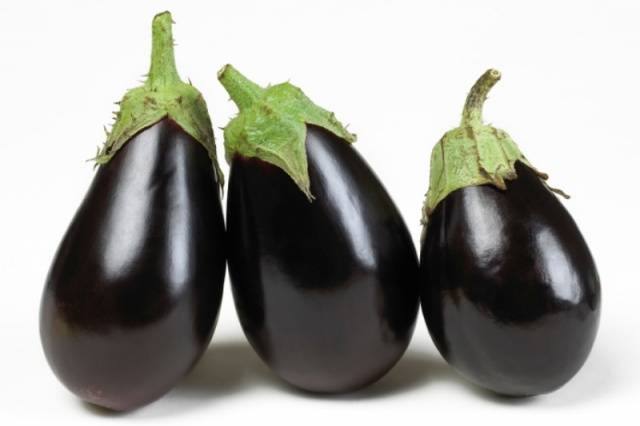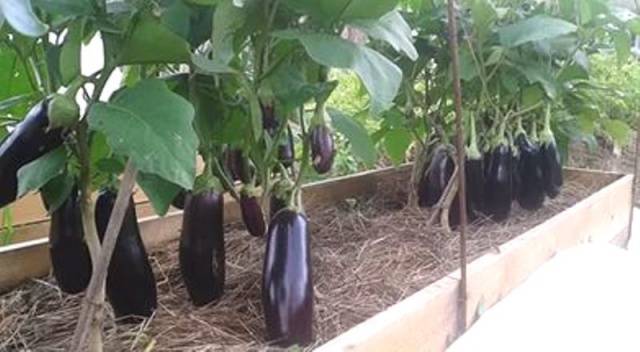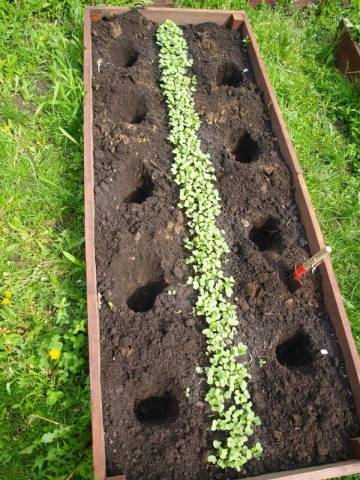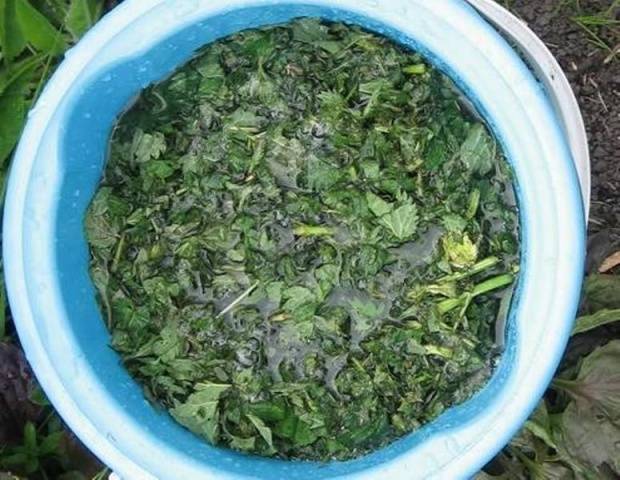Content
The Robin Hood eggplant variety can be called unique, one of the best in both taste and yield. The fruits are set within 90 days after sowing. It grows and bears fruit equally well in any soil - this variety adapts well to any conditions.
Description, characteristics of the variety
Robin Hood fruits with a shiny lilac peel grow up to 20 cm in length and 8-9 cm in diameter, as in the photo:
These purple "barrels" weighing up to 300 g have good taste. Their skin is thin, and the flesh is tender, without bitterness, almost without seeds. The variety is suitable for drying, frying, salting, pickling. Delicious caviar and any salads are made from it.
The bush of the Robin Hood variety is undersized, there are few side shoots, but fruits are well tied on them. Since fruiting is abundant, it is recommended to install supports to which the plants are tied during growth.
Growing and care
Robin Hood is the perfect variety for budding gardeners. Unlike other eggplants, which bear fruit only if certain rules are followed, this handsome man will grow and is guaranteed to give a good harvest even in adverse conditions. The cultivation technique of the Robin Hood variety is not much different from other varieties. Eggplants are grown through seedlings. Sowing seeds begins in March. Eggplants can be planted in a greenhouse or soil at the end of May. In mid-June, with good care, you can already start harvesting. Robin Hood can bear fruit before fall.
Seedling
For growing eggplant seedlings, seeds are taken 2 years ago. Before sowing, they are hardened and tested for germination. The optimum sowing depth is no more than 2 cm. Seeds germinate within a week after sowing in warm, moist soil. During this time, you need to prepare the garden.
Robin Hood seedlings are planted on long beds 60-70 cm wide. Eggplant sprouts are planted in holes at a distance of 40-50 cm from each other. The plant is compact, but for full growth and fruiting, it needs air access. You also need to shape the eggplant bush so that neighboring plants do not come into contact with each other.
Planting, feeding
Before planting and during the growth of eggplants, you need to feed the soil with mineral fertilizers containing nitrogen and phosphorus. These elements are also found in birch ash, the roots of legumes. For feeding eggplant, you can prepare a special solution in advance. Straw, stalks and roots of nettles, legumes are laid in the container. Then compost soil is poured mixed with ash. It is filled with water, as in the photo, and closed with a lid or film.
Periodically, the film is removed and the contents are mixed. The resulting slurry needs to be watered around the plants. The first feeding can be done three days after planting the seedlings. During this time, it is already clear which plants have started, which ones need to be replaced.
Therefore, it is not recommended to pour fertilizer under the bush; an incompletely fermented mixture can burn the roots and stems.
Everything about the rules for feeding eggplant is described in this video:
Care
In the process of eggplant growth, it is necessary to remove the lower yellowed leaves, and periodically spray it to prevent diseases.
The eggplant watering procedure is repeated every time, as soon as the topsoil dries up a little. First you need to clear the beds of weeds. The row spacing is deepened by throwing the soil onto the bed itself.This must be done carefully so that the gardening tool does not damage the plants. Fertilizer is scattered between the eggplants and only then can water be used for irrigation. Furrows on both sides are closed with dampers - the water must completely saturate the beds.












